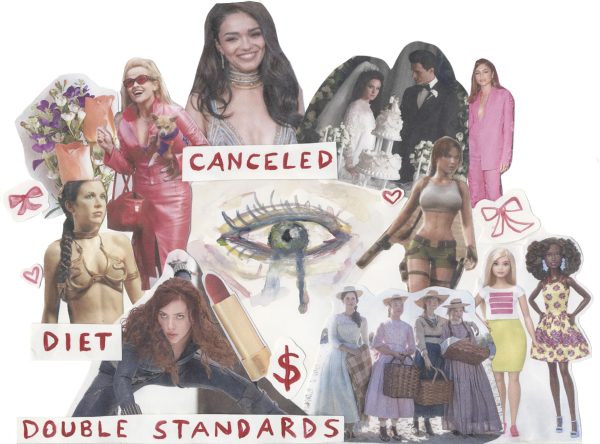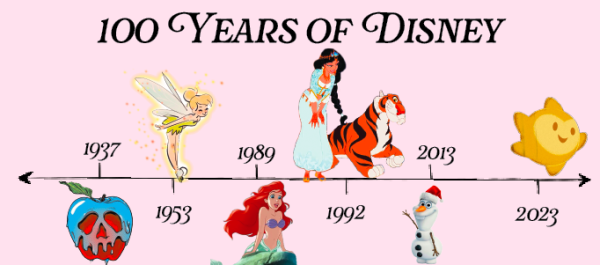Free Music… At What Cost?
February 21, 2018
Society values things that are scarce. Take gold for example: gold is easy to work with, doesn’t rust and can make beautiful art and jewelry. It’s also much harder to and than other metals like tin and copper.
Historically, good music has held a similar value. It isn’t easy to create a truly great album, but it is the truly great albums that have the highest sales, allowing the artists behind them to create more music
of a similar caliber.This will continue until the artist loses his or her ability to create at a high level.
Or, at least that’s the way it was for most of the 20th century. In 1993, however, a service came along that would change the way people listen to music: the Internet Underground Music Archive (IUMA). It was a site that allowed people to post and download MP3 les of songs and albums.
The biggest difference between the IUMA and modern streaming services like Spotify and Apple Music is the demographic they were created for. IUMA was built for creators, offering unsigned musicians who couldn’t afford to sign with a major label to share their music for free and build a fanbase.
Modern streaming services, on the other hand, are marketed toward the consumer. They offer millions of songs for a nominal monthly fee.
But if the value of great music, like gold, lies in its scarcity, does this immediate availability of all music with the touch of a button rob great music of its value?
An argument can be made for both sides. On the one hand, there are artists like Neil Young and Taylor Swift. Both, until recently, had their entire catalogues removed from all streaming services. Swift believed that artists like herself were undervalued and underpaid for their music by streaming services, with Spotify’s average pay per stream of a song somewhere between .0006 and .0084 dollars. Young had a different problem with streaming: the sound quality. Even non-audiophiles can tell you that there’s a huge difference between listening to music on your phone and playing it on a record, and the artist gets paid thirty dollars instead of fractions of cents when you purchase and listen to an album.
A service that is attempting to give the power back to the creators is SoundCloud. SoundCloud is a free to use, internet based platform that is designed to encourage the creating and sharing of music between users. It gives aspiring musicians a place to post their work with a real chance to be heard.
The interesting part about SoundCloud and its relationship with its creators is that it actually works. Rappers such as Post Malone, Lil Uzi Vert and LilYachty all started on SoundCloud and have evolved to become respected musicians making money off of their work.
Mixtapes play a large role in the SoundCloud culture of musicians. Mixtapes were a concept that began in the 80s and 90s, the idea of a cassette tape with recordings of different songs done by the creator of the mixtape, and were the earliest way to share customized collections of songs with friends.
Mixtapes today have evolved into an underground alternative to an album release. Utilized by artists like Chance the Rapper, Nicki Minaj, Lil Dicky and Lil Wayne, mixtapes have been brought back to the spotlight in recent years.
The biggest difference between mixtapes and albums today are their intent. An album is intended to make money. Through albums sales, radio play and lead singles, albums are supposed to be lucrative for the artists and labels involved with their creation and distribution.
Mixtapes are designed to be more promotional in nature. While today they are usually composed of songs by a single artist, with surface-level similarities to an album, mixtapes are generally produced for a lot less money and released for free online instead of in stores as a record.
While albums are traditionally thought of as better for the artist and the label, the world learned recently that that isn’t necessarily true. In 2016, Chance the Rapper released his mixtape “Coloring Book,” which went on to be lauded as one of the best releases of the year and was the rst mixtape to ever chart on the Billboard Top 200.
Artists have had to make adjustments to the new level of availability of music. Nowadays, they have to work even harder than before, not only making music more regularly but also making that music stand out amongst millions of other songs and albums and mix-tapes that listeners can choose from. While some argue that it’s bad for the music industry, those people are ignoring the fact that these services allow new artists to break into the scene more easily than ever before, and it’s these new artists who are keeping the music industry alive.

















